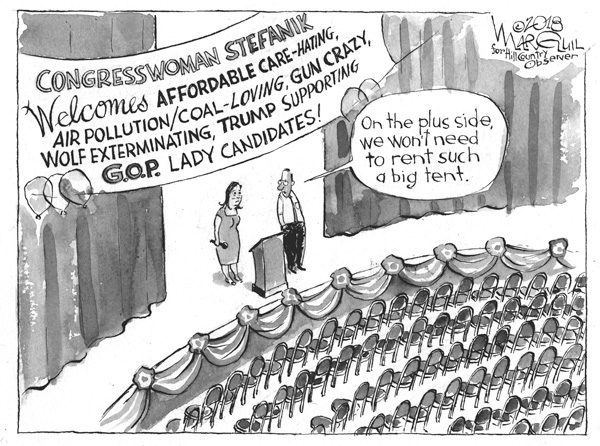Editorial December 2018- January 2019
E D I T O R I A L
Recycling’s turmoil: A time to reassess
When state and local governments got into the recycling business 30 years ago amid the 1980s solid waste crisis, supporters said the economics of this new endeavor would sort themselves out over time.
The theory was that, by getting the public to separate cans, glass, paper and plastics from disposable trash, we’d create a steady supply of these materials for businesses that wanted to use them to make new products.
Over the years, viable markets have developed for many materials, yielding revenue that helps to support collection efforts.
But the recycling enterprise depends on the volunteer efforts of the public – on lots of people taking extra care and time to cull the recyclables from the trash. Public participation in most area recycling programs peaked in the 1990s, but a lot of us are still making the extra effort to support the ideal of resource recovery and conservation.
So it’s more than a little distressing to learn, as our cover story this month reveals, that new volatility in the markets for recyclable wastes is prompting some towns and private haulers to just haul the recyclables to a landfill or incinerator along with the rest of the garbage.
As the story explains, much of the current turmoil is the result of China’s decision at the end of 2017 to stop accepting some types of recyclables altogether – and to impose much tougher purity standards for the materials it still takes. The result is that private haulers and municipal transfer stations are getting much less revenue – or are even having to pay to get rid of materials that previously brought in revenue.
Consider the case of mixed paper – newspaper, office paper, magazines, boxboard and similar wastes. In 2017, one industry source says, China was buying about 55 percent of the world’s mixed paper waste. This year, it wouldn’t take any. And with mixed paper accounting for the largest share of recyclables by weight, there aren’t enough willing buyers to pick up the slack.
According to the U.S. Environmental Protection Agency’s most recent estimates, compiled before China’s change in policy, Americans are recycling 66 million tons of waste annually, of which about one-third is shipped overseas. Most of those exports were going to China.
Yes, the market for mixed paper might rebound as other buyers gear up to make use of the materials China now is rejecting. But with China set to impose additional restrictions in 2019, the time might be right for a serious re-evaluation of the recycling enterprise, how we’re going about it and what we hope to achieve.
Back in the 1980s, we expected there’d be an economic imperative for recycling as tougher environmental rules forced the closing of old, unlined landfills and required new ones to meet real engineering standards. But the new landfills have turned out to be much cheaper than expected to build and operate. In many cases this has made recycling an economically marginal activity at best.
Recycling of plastics in particular has been a tough sell, in part because the cost of making new plastics often is so low that there is little if any economic advantage to companies trying to make use of discarded plastics.
There is still a compelling long-term public interest in encouraging resource conservation. But for some materials, there might be better, more effective ways (think: reducing or reusing) of achieving this goal.


